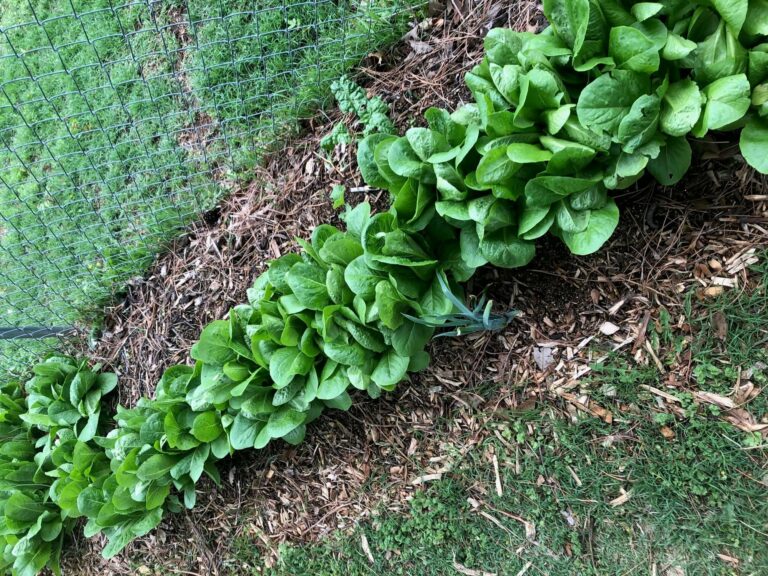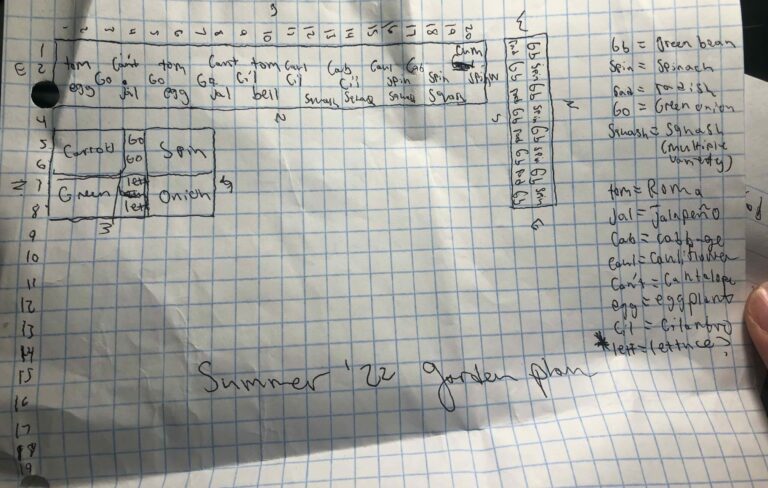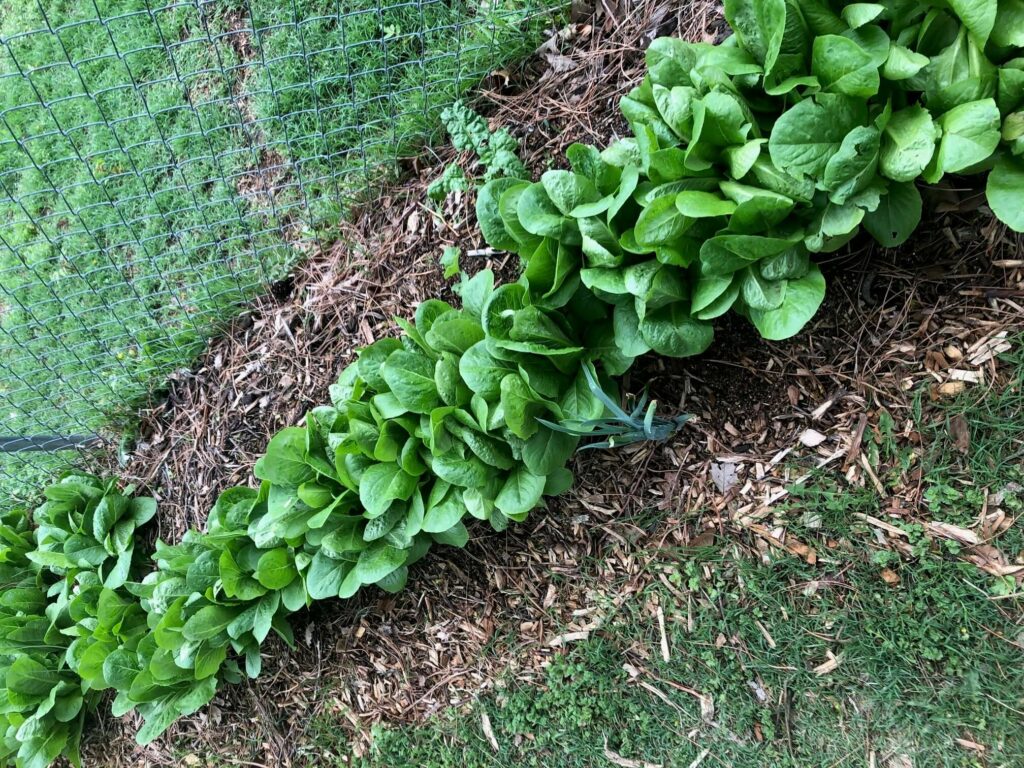Introduction
It is now that time of the year where the garden looks barren and all you can see are the ghosts of what once was. It is a sad sight to see, but it is fun to reflect on how the season went and what you would do different next year. Without some type of annual reflection, it is easy to get stuck in the same mistakes/bad habits year after year.
Many of the issues we face as gardeners can be resolved by either increasing biodiversity/habitat or better planning! In my experience, a good garden plan is essential for a productive garden. It is one thing to haphazardly throw seeds into the dirt and see what comes up with no real intention to get the most of your time, space or labor, but I leave this method for children or those just dabbling in the hobby/lifestyle.
I am at the point now where I am honing and refining my garden with each and every season. I try to grow plants that challenge me and make me have to think about and plan for months in advance in some cases. I do this as I want to learn and expect to fail at something. Failure is inevitable, but it is real life experience that teaches you better than any book or class in my experience. Embrace the failure, but plan for success! Success isn’t always in the form of physical reward, but it can be mental or even emotional. Don’t expect anything, but to learn. That is the success. Each year will bring its own challenges, but you will eventually learn how to overcome those obstacles.
I grow for the connection to the plants, animals, food, and community. Each year that passes I get closer to reaching my goal of a growing a majority of my own organic, pesticide/fungicide free food and being more self-reliant on myself rather than relying on farm workers in California. I hope to share some of the information that I have picked up via classes, books, and experience in regards to properly planning a garden space and the thought processes that I go through annually. I wish I followed this advice when I was just starting. I will cover 5 things to consider when planning your garden for next year. These variables being, how to choose which plants to go based on personal and geographical variables, respecting space requirements, time management, and what you will need to buy or locally source/manually gather.
1. What Plants do You Actually Like to Eat
So the first thing that you should consider is what type of foods you like to eat. Try to pick foods you won’t get sick of after your first harvest. I made this mistake a few times this season, you would think that I would learn by now, but I didn’t. I ended up growing more radishes than I really knew what to do with. I ended up giving a lot away to friends and family. I made this same mistake with kale, collard greens, and Paris Island head romaine lettuce. This was my first year really growing leafy greens so I vastly underestimated how prolific they are and the space that they require.
I ended up hardly eating any of these plants and it ended up being “wasted space” as I could’ve grown more peppers, carrots, or onions. Some of the leafy green plants caused a bit of crowding issues, which lead to some minor pest issues, but I will go more into depth about this in the following paragraphs. I think that if you are really considering getting into gardening in your own yard, balcony, or renting some community garden space, it would be highly advantageous to focus on only a few types of plants that you couldn’t get sick of for the first year. This could range from tomatoes, to sweet potatoes, carrots, lettuce, peas, beans, squash, etc.
I recommend this because it is easy to get too excited about what you can grow, which can lead to being stretched too thin and having pitiful yields of anything. Some people are okay with this and just want the experience of growing a variety of crops, but it just depends on what type of success you hope for.

Here is some of the lettuce I grew last spring. Way more than I could eat.
2. What Can You Grow in Your Area
So now that you have figured out what 3-5 plants you can see yourself growing and not getting sick of it is time to see if your climate can even tolerate growing said plants within your climate/growing season. Most common fruits/vegetable plants can be grown across a vast majority of the lower 48. I recommend looking up the USDA plant hardiness zone map which I will link here. This map allows you to search your state, county, or zip code and see which zone you fall into. The zones reflect the average extreme winter minimum temperature within an area. It was just recently modified this year (2023) for higher accuracy.
After figuring out what zone you are in, consider looking up your states planning/planting guide. Usually it seems as though there is a Ag extension branch associated with one of the state schools in your state that gives out in depth planning information which tells you the months you should plant various crops and when to harvest (roughly). Generally, it gives the gardener a good rule of thumb in regards to spacing and sun requirements as well. This information should give you a general idea of when to plant your plants from seed or as a transplant. This can help you prevent overcrowding and an increase in pests (slugs, cabbage worms, squash/cucumber beetle, potato beetle, etc.) as I observed with some of my leafy greens.
I like to rely on these sources for references on when I should plant things; I never recommend people listen solely to the farmer’s almanac. I say this because when I worked selling plants last spring/summer I watched countless people plant their warm weather crops when the almanac predicted the last frost date, but of course a late frost hit and many people came back to buy new plants. I tried to warn people not to plant for a few more weeks, but many did not listen.
I actually wrote about my experience working as a plant retailer and 7 things I learned on the job. I will leave a link here if you are interested.
3. How Much Space do You Have
After confirming what plants you can grow in your region, it is now time to do the more tedious, but fun part of the planning process. If you are growing in food grade 5 gallon buckets or fabric pots then you don’t really need to focus on this space variable as much as you will most likely be limited to how many pots you want to fill (do research what size pots are best for your crop/variety as many requirements vary).
If you are a more traditional gardener measure out your garden space or the dimensions of your raised beds as this will help you gain a greater grasp of how much you can grow in an area based on the area. I personally like to use graph paper and draw out my garden in respect to my yard or other growing spaces with each square representing a foot of space. I also like to write down the varieties I plan on growing and how much sun/space they take up as adults. This allows you to get a rough idea of what to expect space wise so you don’t plant your tiny tomato plants six inches apart on the North side of your garden as this could be detrimental to their production/health.
You can even use colored pencils and shade in the areas in which you are planning on devoting for a specific plant so it isn’t so confusing to look at when you go out to plant as everything will be color coordinated. Using this method is very advantageous as it allows you to go back and remember what varieties you grew and where you planted them. This is nice if you are like me and try to rotate crops season to season to prevent potential pest/disease outbreaks.
Keep in mind that nothing is ever perfect in the garden and you may end up adding or removing a few plants here or there so you may have to add notes or comments to your final plan to help you remember what was where the previous season. It is also important to remember to leave enough room for walking paths/wheel barrels (2-3ft between rows).
4. How Much Time do You Want to Spend
So now that you have a rough idea of how to plan for annual plants you can now plan for more intensive gardening strategies. Various varieties of leafy greens such as spinach and other herbs can be stagger planted so that you have a continuous harvest until it gets too warm for the plants. This is nice if you want a seemingly continuous supply of salad greens and herbs, but it does require you to plant certain seeds every few weeks or so.
If you are like me and prefer to only plant a handful of times throughout the season you may want to look into permaculture and planting perennial plants whenever you can justify it as to help reduce work for yourself since they last all season usually and come back more than one season.
Gardening can be as simple or as labor intensive as you want it. If your goals are to have an acre sized garden that feeds your family of four then plan to be working in the garden daily to weed, water, and conduct proper upkeep/pruning. You can also just have a small plot and plant a few plants and call it good and get by doing minimal maintenance (besides watering in the summer) every other day or once a week.
If you are very busy from work or family matters then do understand what you are signing yourself up for as it is easy for a garden to go from magazine cover perfect to a jungle in a week or two without maintenance.

5. Upfront Cost of Materials and Labor
Now that you are reflecting on your own limitations, do consider the cost of maintenance to run or start a garden (both physical and monetary). It can be expensive to fill a 6×4 ft. garden bed with premium compost from the hardware store or the internet. Mulch also adds up quick if you let it. Many cities offer free compost and mulch if you are willing to haul it yourself, but you can also get companies to drop off the compost/mulch in your yard if you are willing to shovel and wheel it back to your garden. Many tree trimming/removal companies mulch their waste and will gladly give you a truckload, but do know that they may be trimming plants that have been exposed to pesticide/herbicide.
Dried leaves, pine needles, and other mulch options are free, but require you to gather them yourself. You can also raise your own worm castings and make your own compost as this is free and allows you to know the inputs, just don’t get overwhelmed by the various types of composting and the “rules” as many are just general rules of thumbs or recommendations for the average small scale gardener.
Beyond the potential monetary expenses, do look at yourself in the mirror and be blunt. It is okay if you aren’t in perfect health/fitness or are a bit older. Gardening is perfect for you and may help you live a healthier, more fit/mobile life, just be aware of your health/limitations and don’t try to push yourself too much as there is no need to injure yourself. We all know the story of the tortoise and the hare, slow and steady wins the race.
Conclusion
A good garden plan is oftentimes more important than the actual act of gardening for the more serious gardeners. It can make the difference in the productivity of your garden and how much effort you will need to sign yourself up for within the coming months. It is best to start small and work your way up in scale as to learn from mistakes and become more confident with your spending/time as to save these resources and make it worth the investment.
I have covered some fundamental thought processes that should be considered when planning for your garden and ordering seeds in the fall/winter, but many of these ideas are further explained in videos and books. I cover some of my favorite introductory gardening/permaculture design books in my YouTube video, which I will link here. Thank you for reading and I hope you plan a successful garden!
